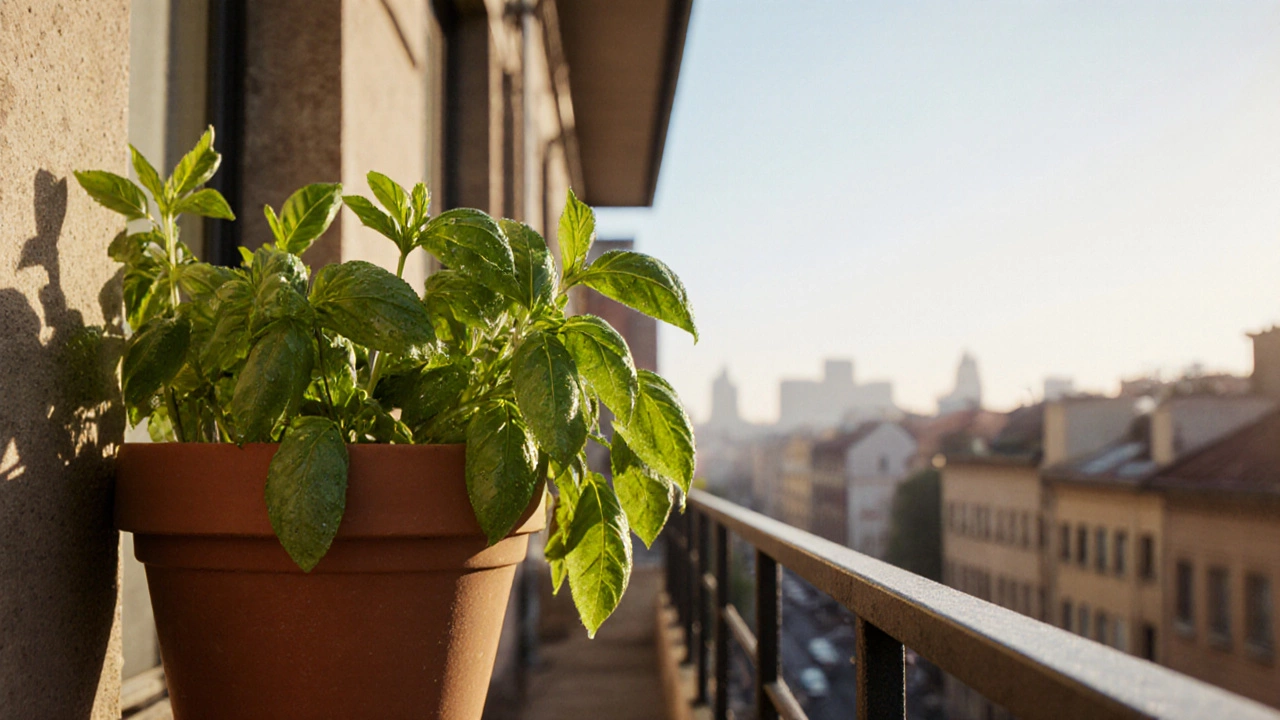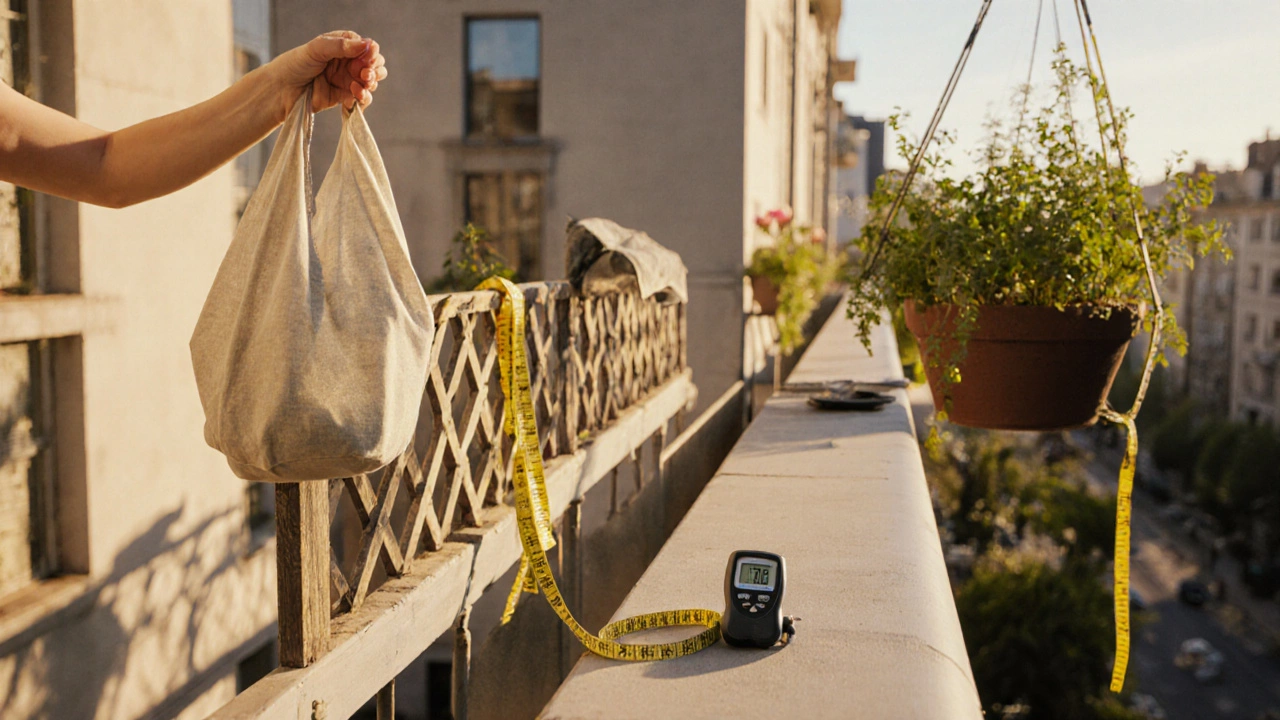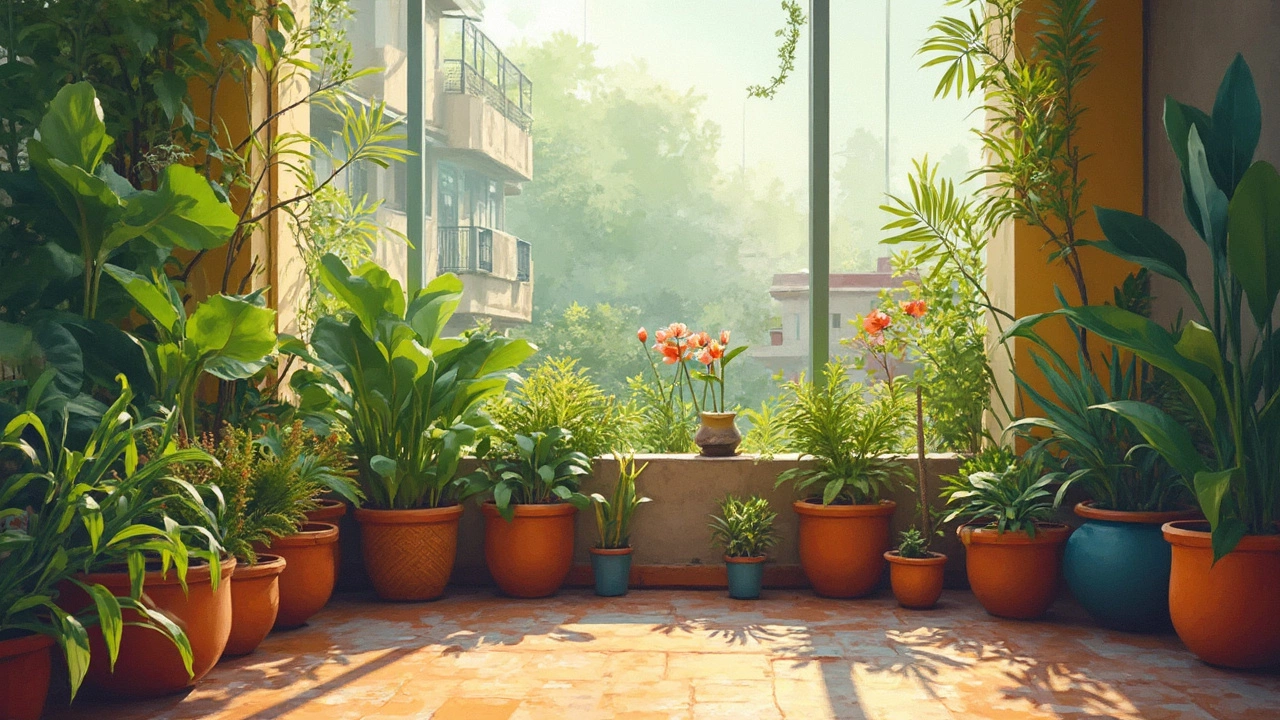Discover the easiest balcony plant, why basil tops the list, and step‑by‑step tips for low‑maintenance herbs, succulents, and flowers.
Balcony Gardening: How to Grow Thriving Plants in Small Indian Spaces
When you live in a city and don’t have a backyard, balcony gardening, the practice of growing plants on balconies, patios, or small outdoor spaces. Also known as container gardening, it’s not just a workaround—it’s a full-blown gardening revolution in India’s urban homes. You don’t need acres of land to grow fresh herbs, flowering plants, or even vegetables. All you need is a few pots, some sunlight, and the right plants for your balcony’s direction and climate.
What makes balcony gardening, the practice of growing plants on balconies, patios, or small outdoor spaces. Also known as container gardening, it’s not just a workaround—it’s a full-blown gardening revolution in India’s urban homes. work in India? It’s the way people adapt to their environment. A south-facing balcony gets hot afternoon sun—perfect for tomatoes, chilies, or marigolds. A north-facing one stays cool and shady—ideal for ferns, mint, or peace lilies. And if you’re in a high-rise with wind blasting through? You need sturdy pots, wind-tolerant plants, and maybe a trellis for climbers like passionflower or beans. sunlight for balcony garden, the amount and direction of sun your balcony receives, which determines what plants will thrive is the single most important factor—not the size of your space.
People think balcony gardening means tiny, sad-looking pots. But look closer. The posts here show how to avoid the big mistakes—like putting hydrangeas in full afternoon sun, using pots without drainage, or ignoring soil quality. You’ll find guides on choosing the best plants for year-round color in India, how to fix clogged drip lines so your watering system actually works, and how to make dense soil loose enough for roots to breathe. One post even tells you which balcony direction catches the most sun across Indian cities, so you can plan your layout before you buy a single plant.
And it’s not just about plants. It’s about habits. A good gardener on a balcony doesn’t just water on Mondays. They watch. They notice when leaves curl, when soil dries faster after rain, when pests show up. They use compost made from kitchen scraps, reuse plastic bottles as planters, and pick native flowers that don’t need constant care. This collection isn’t about fancy tools or expensive imports. It’s about smart, simple, Indian-appropriate solutions that fit real lives.
Whether you’re trying to grow coriander for your curry, jasmine for its scent, or just want something green to look at after a long day, balcony gardening gives you control. You decide what grows, how much water it gets, and when to harvest. No landlord. No soil tests. No waiting for monsoon. Just you, your balcony, and the plants that choose to thrive with you.
Below, you’ll find real, tested advice from people who’ve done this—no fluff, no theory, just what works on Indian balconies. From fixing drip emitters to picking the right plants for your sun angle, every post here answers a question someone actually asked while standing on their balcony, wondering why their plants weren’t growing.
Discover the top fruit and vegetable varieties for balcony growing, plus practical tips on containers, soil, watering, and seasonal planning for Brighton gardeners.
Arranging plants on a balcony isn't just about aesthetics—it's about making the most of limited space. With strategic placement, you can create a lush oasis even in a small urban setting. Understanding sunlight, plant type, and personal preference is key to maximizing greenery. This guide will walk you through choosing the right plants and positioning them for best growth.


